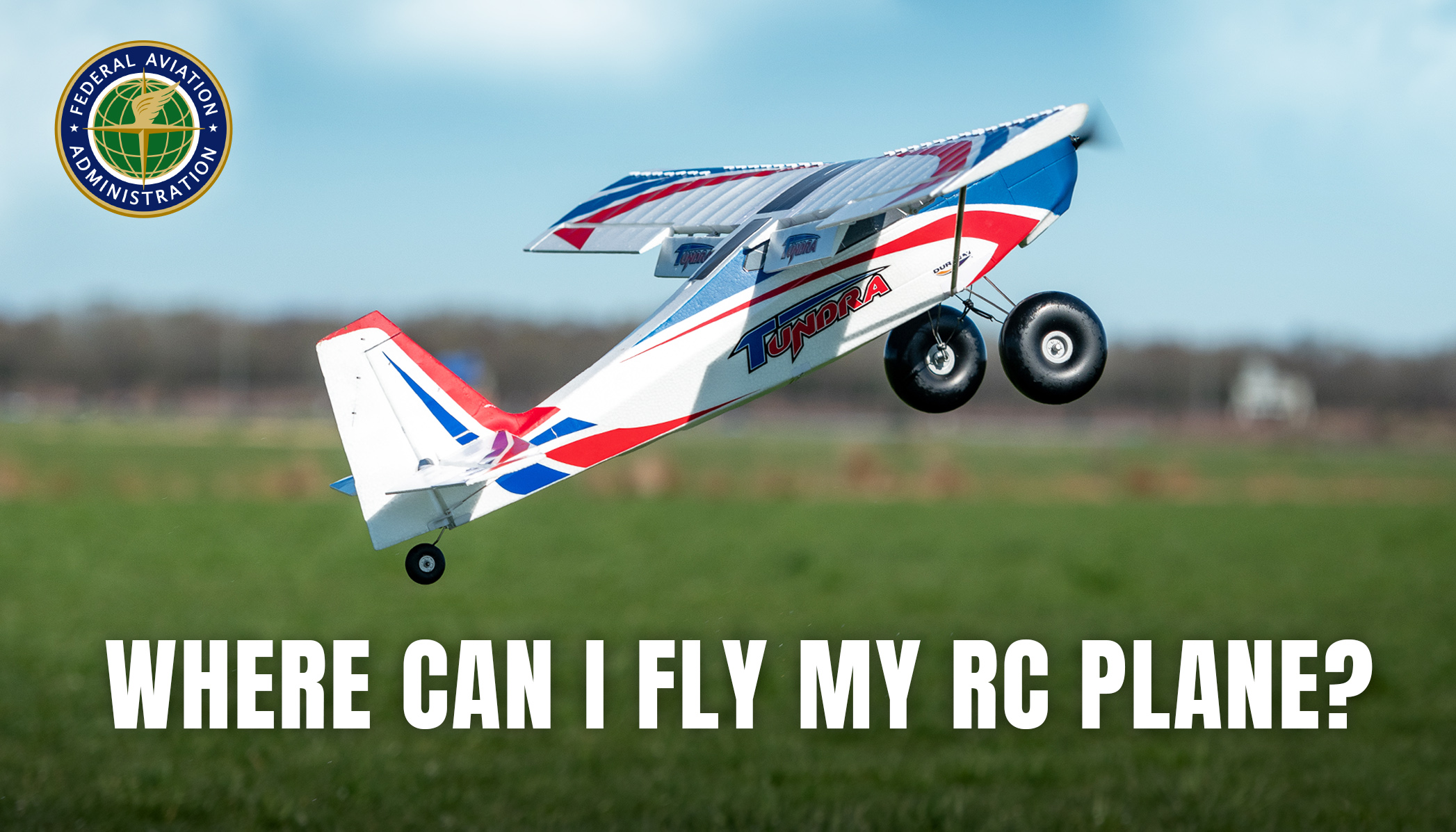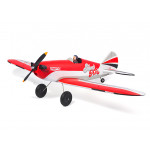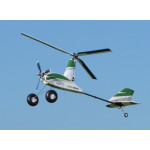
When it comes to RC planes, the most asked question (yet still somewhat ambiguous) is: where can I actually fly my freaking airplane!? Some may tell you that any spacious area accessible to the public is passable, while others may suggest an open space void of people; then are those who abide by a strict doctrine of flying exclusively at a club. Regardless of what you know or what you think you know; it is always best to comply with the guidelines laid out by your respective authoritative body.
Flying in the wrong place can ultimately damage and give our hobby a bad rep, especially in advent to the rise of the drones and the negative press which came with them in recent times. While there isn’t a definitive guide detailing everything in black and white on where you can and cannot fly, there are pointers which at the very least, can keep you and others safe while you enjoy the hobby.
Here is a summary of the dos and don’ts specifically addressing the US airspace.
Note: This is not a definitive guide, but if you follow the rules which are summarized from the FAA, any liabilities (if incurred) will be kept minimal.
---
The Federal Aviation Administration (FAA) is the governing body that oversees all aviation activity in the US airspace. This includes model aircraft and drones which are categorized as Small Unmanned Aircraft (SUA). Assuming you are flying for recreational purposes only, here is what you need to be mindful of in accordance with the FAA (full rules can be viewed here):
* The aircraft is flown strictly for recreational purposes.
* The aircraft is flown within the visual line of sight of the person operating the aircraft.
* The aircraft is operated in a manner that does not interfere with and gives way to any manned aircraft. So just don’t fly in, or anywhere near an airport or heliport.
* In uncontrolled airspace, the aircraft is flown from the surface to not more than 400 feet above ground level. Simply put, don’t fly your model above 400 feet above the ground and you should be good. Uncontrolled airspace is essentially anywhere which is considered safe by the FAA to fly in without the risk of affecting the operations of a manned aircraft.
* Do not fly in controlled airspace without FAA authorization. If you keep clear away from any airport and heliport and do not fly over 400 feet above the ground, you are compliant.
* Do not fly over groups of people, moving vehicles, or public events. This is pretty much common sense - don’t fly in an area where there are a lot of people.
* Do not fly near emergency response activities (disaster relief, accident response, law enforcement activity, and firefighting, etc.)
* Do not fly under the influence of drugs and/or alcohol; this includes any sort of medical prescription which may impact your ability to safely operate your aircraft.
* Do not operate your aircraft in a careless or reckless manner.
* Do not fly at night unless your aircraft has lighting fixtures that allow you to know its location and orientation at all times.
* Do not fly in “Temporary Flight Restricted Zones” (TFRs). TFRs can pop up at any time and the reasons may include VIP events, presidential campaigns, and wildfires, etc. Normally, there will be a 30-mile radius TFR put up around the affected area.
---
Generally speaking, if you abide by all the rules listed above, you can lawfully fly your RC plane or drone anywhere in the US airspace. However, because the United States employs a federal system of government, you should also check the local laws at where you intend to fly to be on the safe side.
To further simplify and help recreational operators of unmanned aircraft to find places to fly, the FAA partnered with Kittyhawk IO and developed the B4UFLY app. With B4UFLY, you simply open the app and select where you want to fly to see the status of the airspace selected, as well as details regarding surrounding advisories.
Understand the regulations, avoid needless bureaucracy, and contribute to safer national airspace!
---
Hear it First: Join our Mailing List
Sign up to receive new product updates, exclusive discounts, news, and more!






